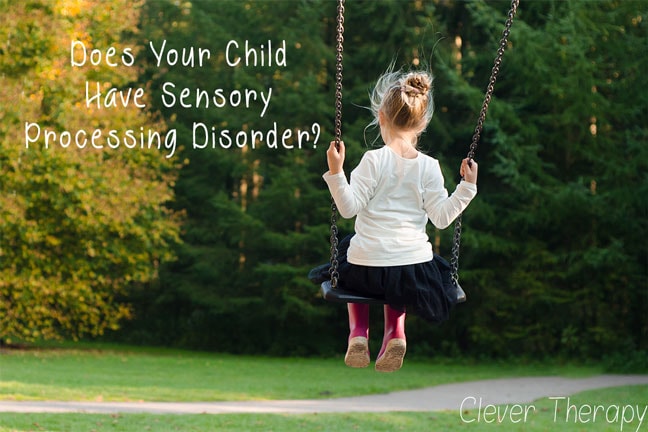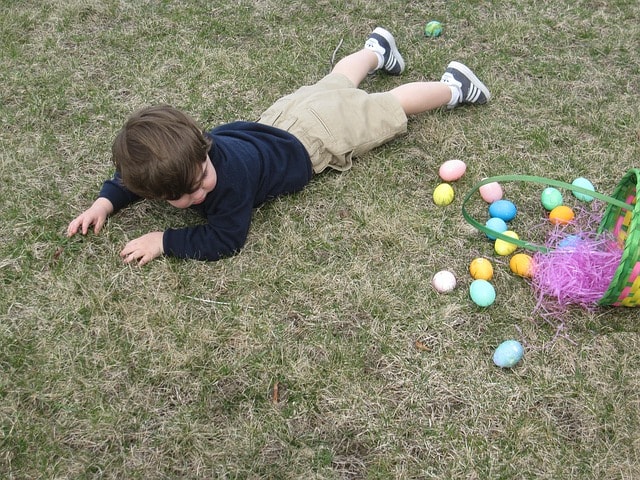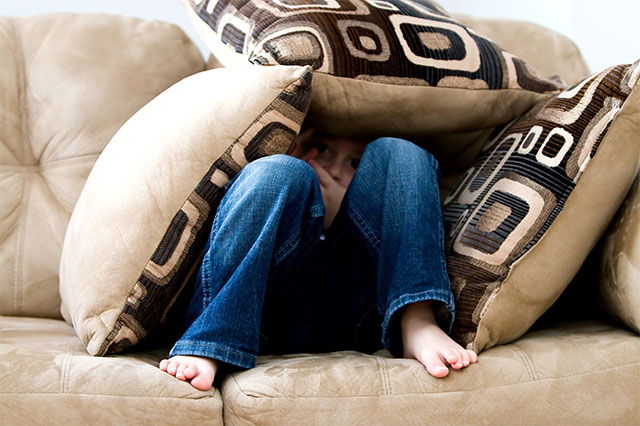Understanding What Sensory Processing Disorder is

What is Sensory Integration?
Information what we receive from our bodies and from the world around us is processed in an organized way for daily use during our lives and this process of organized information is sensory integration(Banks, 2005).
It is a foundation for more complex learning and behavior.
A dysfunction in sensory integration indicates that the patient has problems with sensations which are amplified, consequently, creating difficulties in processing information from the body or environment in erroneous ways. Patients may have impediments with detecting, modulation, discriminating, or integrating sensations. This Dysfunction causes children to be “out of sync” with emotions, behaviors, and social interactions (Banks, 2005).
Types of Sensory Processing Disorder
Sensory Modulation Disorder (SMD) – is a problem with tuning sensory messages into controlled behaviors that match the nature and intensity of the sensory information.
There are three subtypes of SMD:
Sensory-Based Motor Disorder (SBMD)– is a problem with stabilizing, moving, or planning a series of movements in response to sensory demands.
There are two subtypes of SBMD:
Sensory Discrimination Disorder (SSD)– is a problem with sensing similarities between sensations.
There are five subtypes of SDD:
- Vision
- Hearing
- Touch
- Taste/Smell
- Position/Movement
How can you tell if your child has Sensory Processing Disorder? (Miller, 2006)
For sensory over-responsiveness

A child’s sensory responses may be bothered by:
- Fuzzy or fury textures
- Mud or glue on hands
- Crawling or walking barefoot on carpet or grass
- Feeling crumbs around his/her mouth
- Having hair, fingernails, or toenails cut
- Fragrances from perfumes or bath products
- Noise in restaurant or mall
- Playing on swings or slides
- Bright lights or sunshine
- Being upside down
A child’s behavior may include:
- Aggression or impulsivity by sensory stimulation
- Irritable, fussy mood
- Unsociable
- Cautious and afraid to try new things
- Upset by transitions or unexpected changes
For sensory under-responsiveness

A child has a combination of these sensory symptoms:
- Does not cry when seriously hurt
- Does not seem to notice when someone touches him/her
- Dislikes trying new physical activities and rarely initiate them
- Always prefers sedentary activities like computer time to active physical games
- Slow or unmotivated to dress or feed himself/herself
- unaware of body sensations such as hunger, hot, or cold
- Unaware of the need to use the toilet
- Does not notice noxious smells
A child’s behaviors may include:
- Being passive, quiet, and withdrawn
- Having difficulty engaging in conversation or other social interactions
- Easily being lost in own fantasy world
- Being apathetic and easily exhausted
- Slow in responding to directions or complete assignments
For sensory seeking

A child has a combination of these sensory symptoms
- Is on the move constantly
- Likes crashing, banging, bumping, jumping, and roughhousing
- Prefers spinning, swinging, or rolling
- Constantly touching objects
- Seems unable to stop talking and has trouble taking turns in conversations
- Climbs high trees, jumps off furniture
- Loves to play music and television at high volume
- Seeks opportunities to feel vibrations
- Prefers foods with strong flavors/tastes
- Often licks, sucks, or chew on non-food items such as hair, pencils, or clothes
- Is unable to sit still in a chair
- Smells or tastes objects when playing with them
A child’s behavior may include:
- Angry or explosive when required to sit still
- Intense, demanding, hard to calm down
- Physically affectionate
- Prone to create situations others perceive as bad or dangerous
For Dyspraxia

A child has a combination of these sensory-based motor symptoms:
- Slow to sit up, roll, crawl, walk, and run
- The difficulty with motor activities that require more than one step, such as opening a carton and pouring a glass of milk
- Difficulty learning new motor skills
- Clumsy, awkward, and accident prone
- Often trips or bumps into things or people
- Breaks toys or other objects unintentionally
- Takes a long time to write things down or to do tasks involving a series of directions
- Struggles with multistep assignments in school
- Poor skills in ball activities and other sports
A child’s behavior may include:
- Preferences for fantasy games or talking and doing things
- Messy or sloppy eater
- Frustrated when unable to complete tasks due to poor motor skills
For Postural Disorder

A child has a combination of these sensory-based motor symptoms:
- Poor muscle tone or seems weak compared to other children
- Often slumps over at a desk when writing
- Unable to contract muscles or pull against another force during activities
- Difficulty using both hands at the same time
- Difficulty crossing the middle of the body to complete a task
- Poor balance and falls over easily
- Poor endurance and gets tired easily
- Inconsistently uses the dominant hand
- Difficulty climbing a jungle gym or dangling from a bar using hands
A child’s behavior may include:
- Appearing lazy
- Appearing unmotivated or indifferent
- Appearing weak and limp
- Tiring easily
For Sensory Discrimination Disorder

A child has difficulty with these sensory tasks:
- Telling what is in his/her hand without looking
- Distinguishing exactly what is touching his/her body and where
- Judging how much force is required for a task, such as how firmly to hold a pencil
- Detecting whether or not they are in motion
- Identifying and distinguishing between sounds
- Hearing what is said disregarding background noise
- Finding his/her way around buildings and other environments
- Recognizing objects by their shape
- Seating self in chair
- Differentiating smells and textures of food
- Organizing writing on a page, such as spacing between letters or words
A child’s behavior may include a combination of these:
- Difficulty following directions, getting lost easily
- Disliking to play with puzzles or other visual games
- Frustration when unable to differentiate visual or auditory signals
- A need for directions to be repeated
- A need for more time than other children to perform assigned tasks
There is no cure for Sensory Processing Disorder; however, occupational therapy uses a sensory integration approach that has successfully produced a higher quality of life. Occupational therapists can use play to present children with demanding and achievable goals (Miller, 2006). It is accomplished through sensory play which makes it a natural way to do the hard work required to improve their abilities.
Banks, D. (2005). Sensory integration therapy. The Quality Healthcare Center. Retrieved from Memorial Hospital
Miller, L.J. (2006). Sensational kids. New York: Penguin Group
Kranowitz, C.S. (2005). The out of sync child. New York: Penguin Group.
